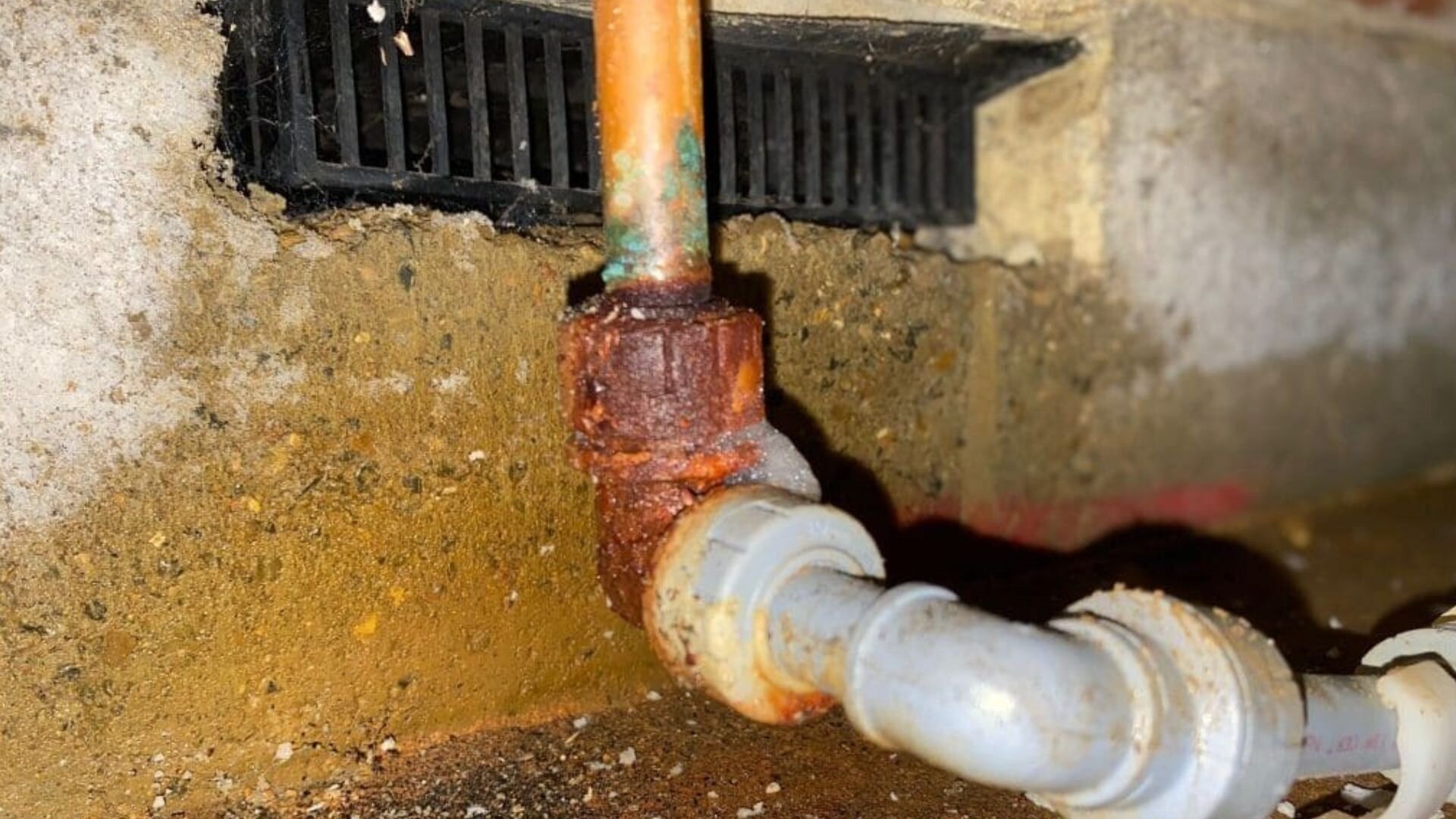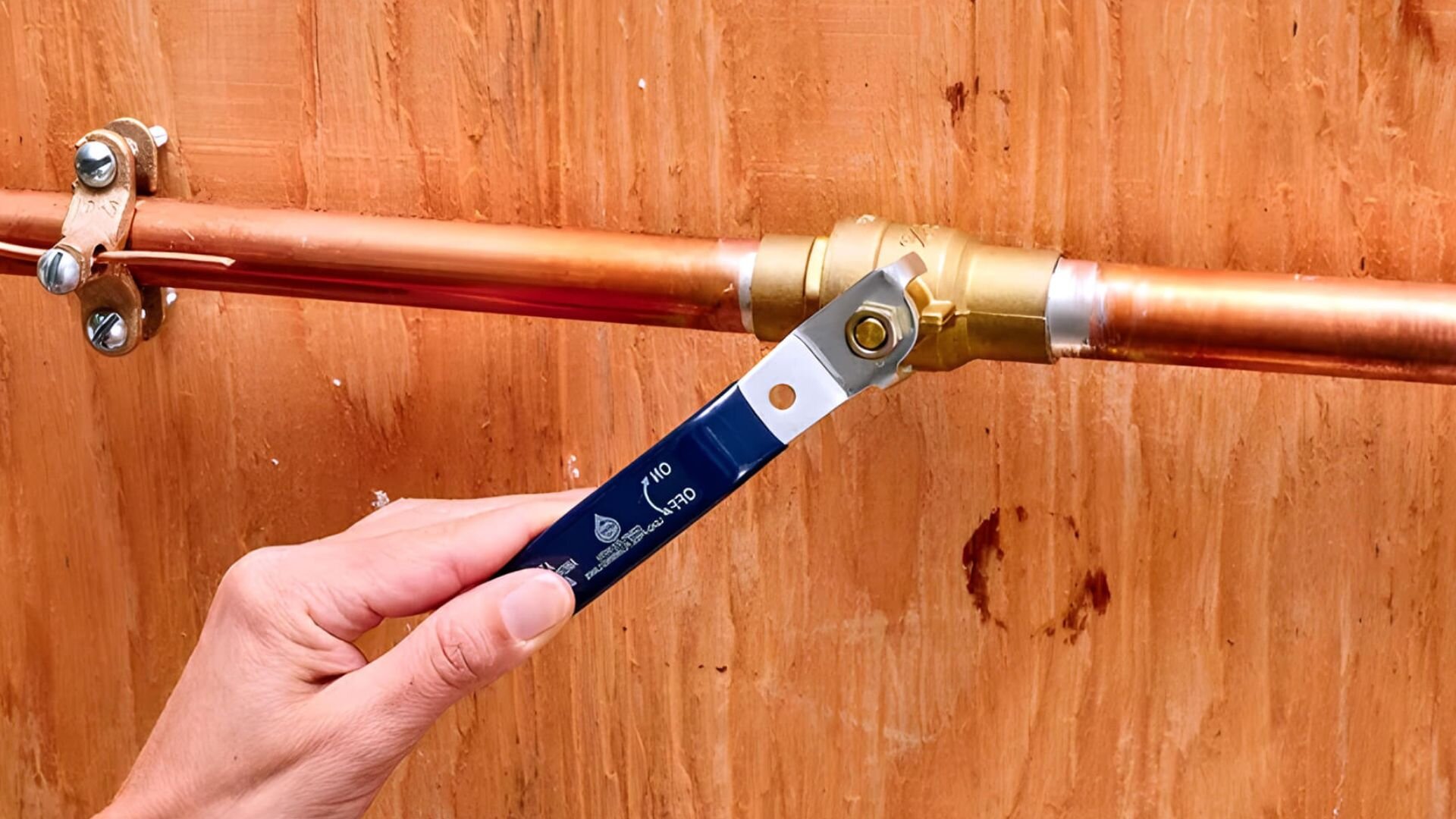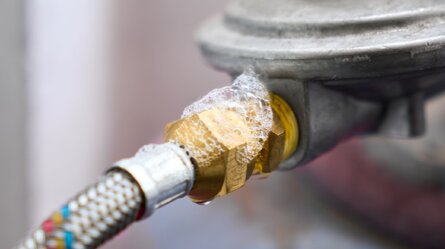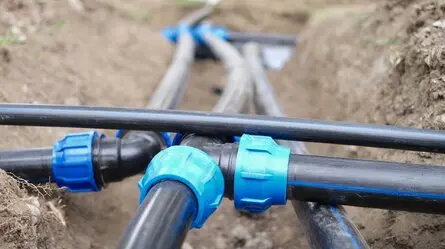Did you know over 20 percent of household gas leaks in Australia are traced back to corroded or weakened gas lines? These faults often develop silently, buried underground or tucked away behind walls, making them easy to miss—until something goes wrong. Unlike a burst water pipe that leaves obvious signs, gas line weaknesses can go undetected for months, posing serious risks to safety and property.
Understanding the hidden nature of gas pipe damage is the first step towards prevention. Inspections aren’t just for emergencies; they’re critical to maintaining a safe and efficient home or building. The earlier issues are spotted, the easier they are to fix—and the lower the cost and danger.
We’ll walk through proven methods for detecting subtle and severe vulnerabilities in gas pipes. You’ll learn what to look for and when to act from high-tech tools to visual checks.
Why Detecting Gas Pipe Weakness Matters
Gas pipes aren’t just part of your home’s infrastructure—they’re a potential safety hazard when neglected. A weakened gas line can lead to serious consequences, from fire hazards and carbon monoxide poisoning to sudden, expensive repairs. What makes it more concerning is that many of these issues develop quietly over time.
Corrosion, shifting ground, poor installation, and simple ageing are the most common culprits behind weakened pipes. In older homes especially, gas lines may have been installed decades ago using materials that no longer meet today’s safety standards.
Early detection plays a key role in reducing risk. It protects lives and helps avoid large-scale property damage and insurance complications. With increasing legislative pressure and insurance companies cracking down on gas safety compliance, regular inspection is no longer optional—it’s a smart, forward-thinking investment in safety and peace of mind.
Common Signs of Gas Pipe Weakness You Shouldn’t Ignore
Gas pipe damage can start small but lead to serious problems. Spotting the warning signs early can prevent bigger issues.

1. Rotten Egg Smell or Hissing Sounds
Gas suppliers add a strong sulphur-like smell to help detect leaks. If you catch a whiff of rotten eggs or hear a faint hissing near gas lines, treat it as a serious sign. These are classic gas leak symptoms.
2. Unexpected Increases in Gas Bills
If your usage hasn’t changed but your bills keep climbing, there may be a hidden leak. Unseen faults in the line can allow gas to escape slowly, adding up over time.
3. Dying Vegetation Near Buried Lines
Plants or grass dying off in one area of your yard could point to a leak underground. Escaping gas prevents roots from absorbing oxygen, causing patches of dead growth.
4. Rust, Cracks or Discolouration on Pipes
Visible damage to exposed pipes—such as rust, cracks or odd colours—can all be signs of gas pipe damage. Even small flaws like these could signal a bigger issue inside the line.
Ignoring these signs can put your home and safety at risk. Always take them seriously.
Non-Invasive Techniques for Detecting Gas Pipe Damage
There are several smart ways to check for gas pipe issues without pulling up floors or digging into the ground. These gas leak detection methods are non-invasive and widely used across homes and businesses.
Acoustic Leak Detection
- Uses sensitive sound sensors to listen for abnormal noises within gas lines
- Picks up high-frequency sounds created by escaping gas
- Works well in both residential and commercial settings
Infrared Thermography
- Detects changes in surface temperature along the length of a pipe
- Cooler spots may indicate gas leaks or areas of internal corrosion
- Commonly used in early-stage gas pipe inspection
Electronic Gas Detectors
- Handheld devices that sense small amounts of methane, propane or other gases
- Ideal for detecting leaks in tight spaces or hard-to-reach areas
- Affordable and easy to use for first-round checks
Pressure Testing
- Measures pressure within sealed pipe sections to identify drops over time
- A sudden drop usually indicates a fault or leak
- Often used during new installations or scheduled maintenance checks
Each of these gas pipe inspection tools can detect problems early without disturbing the property. Knowing how they work helps homeowners and technicians choose the proper method for each situation.
Manual Inspection Methods for Detecting Gas Pipe Weakness

Traditional methods still play a key role in gas pipe maintenance, especially when paired with modern tools. These hands-on techniques help spot issues before they turn into bigger problems.
Visual Inspection
- Look closely at exposed pipes for signs of corrosion around joints, odd discolouration or warping.
- Focus on areas near appliances, fittings or outdoor connections
- Regular checks during seasonal inspections are recommended
Soap Solution Test
- Mix soap and water and apply it to suspected joints or fittings
- If bubbles form, there’s a leak letting gas escape
- Simple and cost-effective but best for detecting smaller leaks
Physical Tapping and Sound Changes
- Skilled technicians tap the pipe and listen for changes in sound
- Hollow or off-pitch tones can point to weak spots or internal damage
- This method helps detect issues that aren’t visible from the outside
These home gas line inspection techniques are widely used because they’re practical and don’t require complex equipment. Even though they seem basic, they can still uncover serious concerns when performed regularly and adequately.
Professional Testing Services: When to Call in the Experts
Some issues are beyond what DIY methods can handle. In these cases, a licensed gas fitter is not just helpful—it’s essential.
When to Call a Professional
- A sudden drop in gas pressure without explanation
- A consistent smell of gas around appliances or lines
- Pipes that haven’t been checked or updated in decades
These situations call for expert attention to prevent serious risks.
Why Professional Testing Matters
- Technicians offer accurate results using advanced equipment
- Safety is a top priority during every stage of the inspection
- Tools like thermal cameras, gas detectors and pressure gauges reveal problems you can’t see
What to Expect During an Inspection
- A professional gas pipe inspection often begins with a full-pressure test
- In some cases, internal cameras are used to examine the inside of pipes
- Sensitive detectors are used to trace even the smallest leaks
Only a licensed gas fitter can legally perform this type of work. Most insurance policies and local regulations require licensed professionals for repairs or major servicing. When safety is on the line, expert support is always the right call.
The Role of Pipe Materials in Detecting Weakness
The type of material used in gas pipes plays a major role in their vulnerability and fault detection.
Older systems often feature galvanised steel, prone to corrosion over time. These pipes can develop rust internally and externally, making them harder to inspect without professional tools.
In contrast, modern options like polyethylene offer greater resistance to wear and environmental stress, and they tend to last longer with fewer maintenance issues.
Detection methods vary depending on the material. Steel pipes, for example, respond well to acoustic testing and pressure checks, while plastic pipes may require thermal imaging or specialised leak detectors. Knowing the difference helps determine the proper inspection technique.
For homes with outdated infrastructure, considering old gas line replacement is often safer and more cost-effective in the long run. Choosing durable gas pipe materials can reduce future risks and inspection challenges.
Maintenance Tips to Prevent Future Gas Pipe Damage
Keeping your gas system in good shape starts with consistent care.
Regular checks during seasonal property inspections help catch early signs of trouble before they become major issues. This simple step plays a big part in long-term gas pipe maintenance.
Outdoor gas fittings should always be clear of soil, plants and pooled water. These elements can cause corrosion or restrict airflow around the pipe, increasing the risk of hidden damage. Replacing worn or ageing fittings before they fail is another smart way to stay ahead of problems.
Good recordkeeping also matters. Holding onto installation reports and service history ensures easier and more accurate future inspections. Technicians can spot patterns or recurring concerns based on previous work.
These simple steps support gas safety and help prevent gas leaks, saving time and money while keeping your property secure.
Think Something’s Off with Your Pipes? Don’t Leave It to Chance
Gas pipe problems rarely fix themselves. What starts as a small issue can become costly or dangerous if left unchecked. Early detection doesn’t just protect your home—it can save lives and serious money in the long run.
If you’ve noticed anything unusual, from strange smells to higher bills, don’t brush it off. These signs matter, no matter how small they seem. It’s always better to act early and let qualified professionals take a proper look.
Woolf Plumbing specialises in fast, reliable solutions for burst gas pipes and related issues. Our experienced team uses advanced equipment and proven methods to complete the job safely and thoroughly.
Don’t wait for a major problem to appear. Contact Woolf Plumbing today for trusted service and peace of mind. Contact us now to book an inspection or emergency repair.




